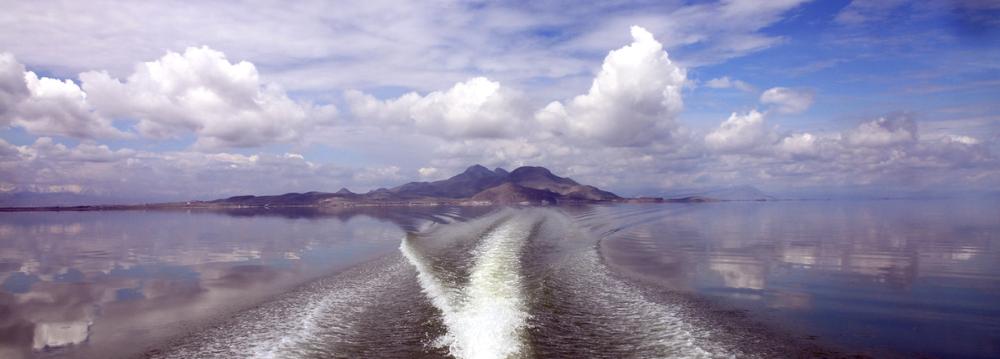The recent spell of rainfall has flooded Lake Maharlou’s tributaries, namely Khoshk River, which has helped fill a substantial portion of the imperiled lake with much-needed water.
Although it is believed that the lake is unable to retain the water, experts believe they have the means to ensure the lake can retain as much of the rain water as it can.
“If the rainfall continues for another couple of days, it’ll improve the odds of the lake’s successful restoration,” Hamzeh Valavi, head of the provincial office of the Department of Environment, told Mehr News Agency.
Lake Maharlou almost completely dried up in July in the midst of a scorching summer. At the time, it was referred to as the last remaining body of water in southern Fars Province because it was the final destination of the provincial capital Shiraz’s wastewater.
In February, the state-owned television reported that the lake was 70% full and drawing tourists in droves.
In its prime, the lake had a thriving ecosystem and was home to migratory birds such as flamingo and the common redshank.
Located 27 kilometers southeast of Shiraz, Maharlou was responsible for the city’s humidity. In fact, the lake was a prime location for city dwellers escaping the hustle and bustle of the metropolis for a few hours.
The occasional pink hue was a distinctive feature of the lake, which will remain preserved in the photographic memory of visitors for the foreseeable future. Shiraz is one of Iran’s top tourist attractions visited by millions of domestic and foreign travelers every year, especially the world famous Persepolis.


